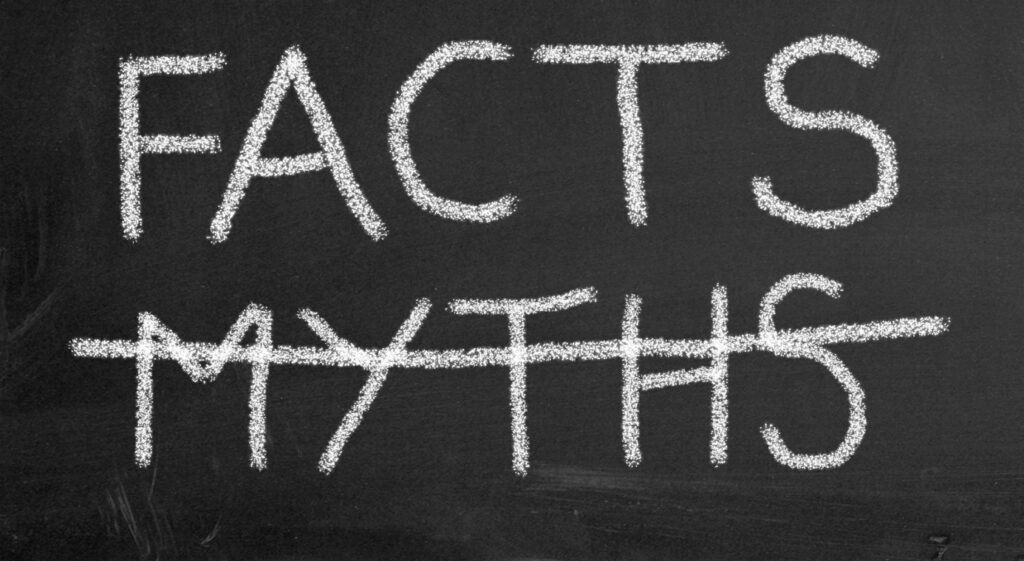
When talking to potential clients about my investment strategy, it’s common to hear a lot of the same arguments for the ‘buy and hold’ strategy that their current investment advisor is utilizing. Below are the top 3 “investment myths” I hear the big investment advisory firms telling their clients:
1. Your portfolio will be just fine as long as you sit tight and ride it out. Historically, the markets have had more positive years than negative ones. It’s true that the S&P 500 has historically had more positive years than negative. However, there’s more to the story than that. The magnitude of the gains and losses is what matters the most. For example, from 2000-2009, the S&P 500 had 6 positive years and 4 down years. But, the total return for those 10 years was actually a loss of more than 9%.
Consider this data from Ibbotson as well – The rolling 10-year returns for the S&P 500 between 1936 and 2010 were positive 94% of the time. However, just having a “positive” return doesn’t mean you’re going to meet your investment goals (e.g., a 1% return versus a 10% return). If you are looking for returns of more than 10% for a rolling 10-year period, you’d only find that 54% of the time in the same period. Sounds like that 10% average annual return you hear quoted by advisors so often is more like a coin flip if using a buy and hold strategy, doesn’t it?
2. Missing the market’s 10 best days can ruin your portfolio returns. This is probably the most common myth you hear quoted by buy and hold advisors. Again, this statement may not be false, but it sure doesn’t tell the whole story either. Missing the market’s 10 WORST days is much more important than missing the 10 best days. If you invested $1 in the S&P 500 back in 1928, your ending value in 2010 would’ve been $71, a cumulative return of over 7,000%. If you missed the ten best days during that period, your ending value would’ve been $24, or a cumulative return of almost 2,300%. But here’s the catch – If you would’ve missed the 10 worst days, your ending value would’ve been $229, a cumulative return of over 22,700%!
3. If there’s no sign of a recession in the near-term, there’s no need to prepare for one. A buy and hold advisor doesn’t need to worry about preparing for various market events because they’re just going to ride the roller coaster. However, as the facts above indicate, I feel it’s important to have a plan in place for all types of scenarios. If you look back to 2006-2007, hardly any “expert” predicted a recession the following year. Because of this, the amount of money being invested in government bonds was extremely low, and the money invested in riskier equities was high. 2008 was recent enough that I think we all remember the damage to portfolios that year.
Share the Wealth of Knowledge!
Please share this post with family, friends, or colleagues using the links below. We love being introduced!
If you aren’t sure whether your portfolio is positioned properly for the current market environment based on the amount of risk that you’re comfortable with, we always provide a FREE 2nd Opinion Portfolio Review and would be more than happy to discuss your financial planning goals with you – please click here to schedule your meeting, or give us a call at 913.402.6099.
John P. Chladek, MBA, CFP® is the President of Chladek Wealth Management, LLC, a fee-only financial planning and investment management firm specializing in helping families and couples who are not yet retired realize their financial goals. For more information, visit http://www.chladekwealth.com.